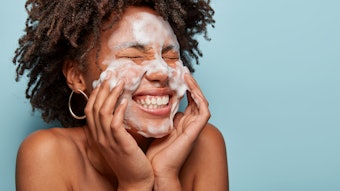
Read the full version in the October issue of C&T magazine
The personalization of cosmetics is certainly not new. More than 30 years ago, this author wrote about a cosmetician living on an Israeli kibbutz, on the Lebanon border, who provided personalized care and products to the women she treated.1 Working with ingredient mixtures and instructions supplied by a local cosmetic manufacturer, she blended them to make creams she deemed best for her clients—this, while living in a community surrounded by two high, barbed wire fences with guard dogs patrolling the space between.
Cosmetic product personalization has taken many forms and is sometimes defined as a segmentation of markets. The segmentation of the shampoo market into products for dry, normal and oily hair is a long-standing example. Each of these represents an attempt at personalizing the product to meet the needs of segmented groups of consumers.
This form of segmentation (or personalization) can be found in almost all categories of cosmetic products. It can include specific formulas (including a broad array of colors for makeup products), different product forms, specialized packaging as well as different methods of use. In each case, product developers aim to break down the category into smaller and smaller segments to appeal to the niche desires and/or needs of individual consumers.
But just how far can this segmentation/personalization really go? As scientists are gaining more information about skin, hair and the mechanisms controlling them; industry suppliers are developing more ingredients with specialized skin and hair related-functions; and formulators are learning new techniques to combine the above into functional cosmetic products, one must ask: Can we go from personalized formulas that meet the needs of small segments of consumers to individualized formulas made for individual consumers?
Read more in the October edition of C&T magazine
References
- Laden, K. (1990 Dec). Cosmetics in Israel II. Drug & Cosmetic Industry 47 33.










